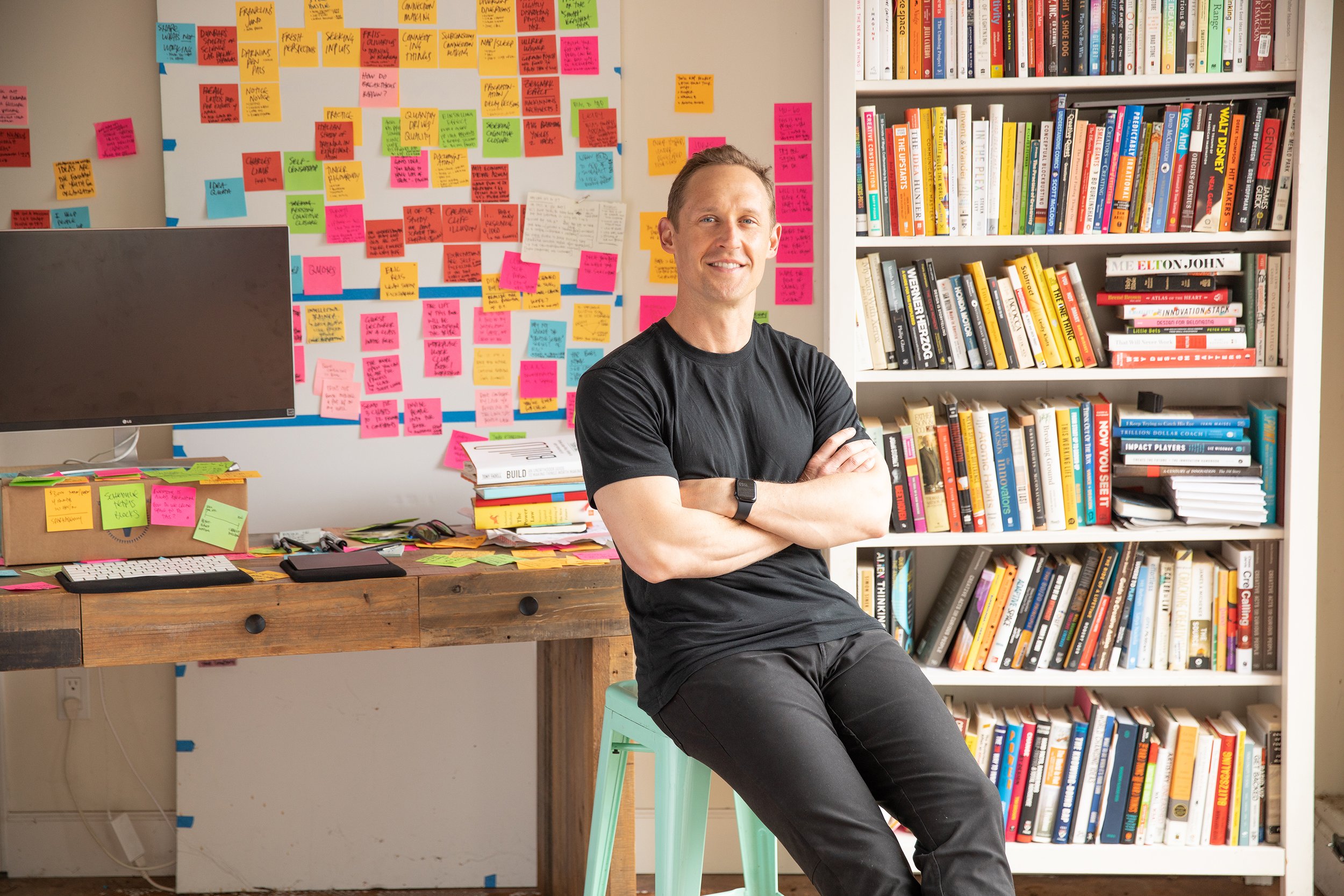
Methods of the Masters
A blog on the art & science of creative action.
Look for Problems
Richard Feynman advised would-be geniuses, “You have to keep a dozen of your favorite problems constantly present in your mind…” Here’s how breakthroughs get started.
Look for Connections
A fascinating psychology study reveals a disturbing truth: the world around is ripe with potential inspiration that is far too often unrealized simply because we aren’t looking.
Look at Nothing
Steve Jobs said, “Creativity is just connecting things.” But to connect, you’ve got to disconnect, too. A growing body of research demonstrates the benefits of literally “looking at nothing.”
Don’t Decide
Tina Fey reveals the technique she learned from Lorne Michaels the moment she needed it most: when deciding to she’d play Sarah Palin on SNL.
Do An Idea Quota
Pianists play the piano. Swimmers do laps. But what about innovators? What do they do? Innovators generate abundant options. Try this.
Don’t Quit Diverging
Most folks want to stop diverging as quickly as possible. As soon as a reasonably good idea comes up, there's a collective sigh of relief which says, "Whew! We did it! Mission accomplished!" …
Designate A Thinking Chair
Edison is one of history’s most prolific inventors. He made regular professional use of a common personal past-time: napping.
Provoke Yourself
What makes an idea a good idea? Research suggests that the best idea — irrespective of commercial merits — is actually the one that provokes thinking the most.
Escape the Tyranny of Reason
David Ogilvy said, “The majority of business men are incapable of original thinking because they are unable to escape the tyranny of reason.” Sound impossible? Here’s how to do it.
Gather Firewood
"Catching the Big Fish," deconstructs David Lynch's creative process. Of particular note is a simple technique he calls gathering firewood…
Design for Extreme Users
You might think the best place to start designing is smack dab in the middle of the bell curve. But it’s not. The history of innovation teaches that the best breakthroughs (even for the middle of the curve) come from the extremes.
Exercise Your Creativity
What is your regular creative training regimen? David Kelley once told me, “I think people fail to realize that the first-order goal is to be getting in practice. The first step is training your mind to think differently.”
Imitate the Masters
Frank Lloyd Wright is one of the most celebrated architects of the twentieth century. I was delighted to discover two routine habits that contributed to his breakthrough thinking.
Drive Innovation By Caring
Subconscious processing has tremendous potential to deliver breakthrough thinking. But you can only tap into that potential if you actually care about a problem.
Share What You Learn
When we use information, it cements it into our long term memory. We know that inputs fuel output. What’s much more surprising is that outputs reinforce inputs, too.
Think Like A Founder
How do you know when it’s time to iterate?Founders have to be willing to adapt based on real-time feedback, and iterate accordingly.
Frame the Work
Harvard Business School Professor Amy Edmondson says that framing a meeting — like the d.schools, “Flaring or focusing?” meeting-opener — helps teams do the work they need to do, in the way they need to do it.
Hunt for Connections
The fundamental responsibility of the innovator is to forge new connections. But how does one do that? Here are a few starting suggestions.
Measure Your Ideaflow
After a dozen years teaching at Stanford’s d.school and consulting with the world’s top leaders, the most useful measure of creativity that Perry Klebahn and I have found is deceptively simple.



















